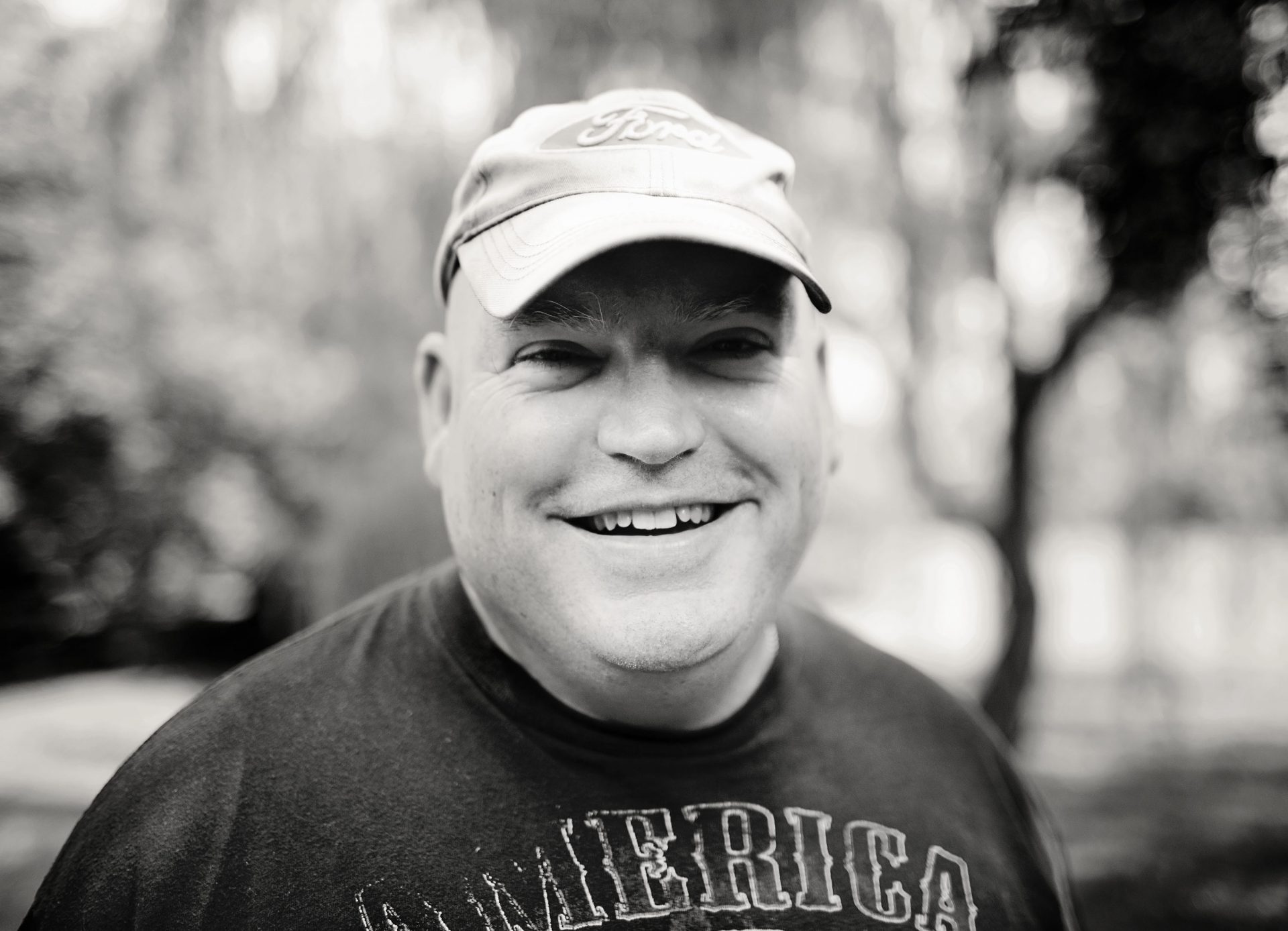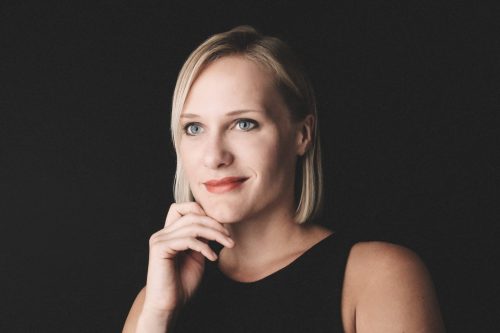
This conversation is part three in the Nashville Quilt Project Series featuring artist Clinton Toy. The Nashville Quilt Project is a 50-foot mural located on Charlotte Pike for which founders Jake and Hana Elliott, photographer Elizabeth Ratliff, and I partnered with four nonprofits to highlight their exceptional arts programming post-national budget cuts. Lauren Roberts, director at Park Center, which caters to the homeless, addicted, and mentally ill, and Toy discuss his great reverence for creativity, collaboration, and Native American culture. In a world where everything seemingly goes by in the blink of an eye, Toy meditates on the idea that the mural serves as a symbol of longevity. His hope is that the public art piece, and Park Center’s programming, are here to stay.
Clinton, let’s start with the basics. Where do you come from and what’s your story?
CT: I grew up in Dixon, Tennessee where my favorite childhood memories were of my father and I fishing, deer, quail, and rabbit hunting. We’d bring our findings home so mama could cook ’em up alongside some homemade mashed potatoes, biscuits and gravy.
What has your experience been like at Park Center?
CT: I first came here in 1997 and ever since, have made lots of friends and have always found the staff to be nice and helpful. I especially love the art classes as creating has always been my number-one passion. My mom was always my biggest champion. She would hang my pictures all over the house and enter me in county fair competitions. Sometimes I even won a ribbon.
How did you get into woodworking, which I know you love as well?
CT: Right after high school, I took a welding class, taught by Mr. Towne who was my favorite teacher of all time. That course led me to my current style, which is working in a mixed-media fashion with metal, wood, acrylic, pencil, and water color. I just love the smell of freshly-cut wood and sawdust, which I first discovered while working in a cabinet shop. Also as a child, my dad, who was a super sportsman, taught me all about the different varietals of trees. He could tell you what kind it was just by looking.
On a different note, why do you think national art programs, like the one you’re involved with at Park Center, are so important?
CT: The Park Center’s art programs have helped me to become better at my craft and are very therapeutic. They’ve given me a sense of accomplishment as well as a new set of friends. I always love seeing how far the people in my community have come with their art.
What does that word, “community,” mean to you?
CT: Treating others as you’d want to be treated, which I believe to be gentle, kind, and loving. It’s why I hope the small-town feel of Nashville doesn’t change. While the rapid growth is exciting, I want it to retain everything that made the city special in the first place.
Do you prefer creating alone or around others?
CT: While I mostly create alone, I enjoy the camaraderie of working alongside my classmates at the Park Center. Being around other creatives makes me more productive and certainly more inspired.
What’s another secret to getting your wheels spinning during the creative process?
CT: Setting deadlines is a great way to kickstart my creative mind. If I only have a few hours to work, I can really get into the flow. All of a sudden, I’ll look up at the clock and two or three hours have passed.
What does the city of Nashville mean to you, and how did you translate that onto the canvas?
CT: I wanted to bring awareness to the Native American population. This mural is my own personal way of lending support and showing appreciation. My fascination comes from childhood hobbies, like hunting wild game and fishing, as well as my grandmother who was half-Cherokee.
If you could envision a life beyond your current circumstances, what would it look like?
CT: I’m not a big fan of looking beyond the next bend however, I hope to improve at my passions through practice and patience.
To learn more about Park Center go here


